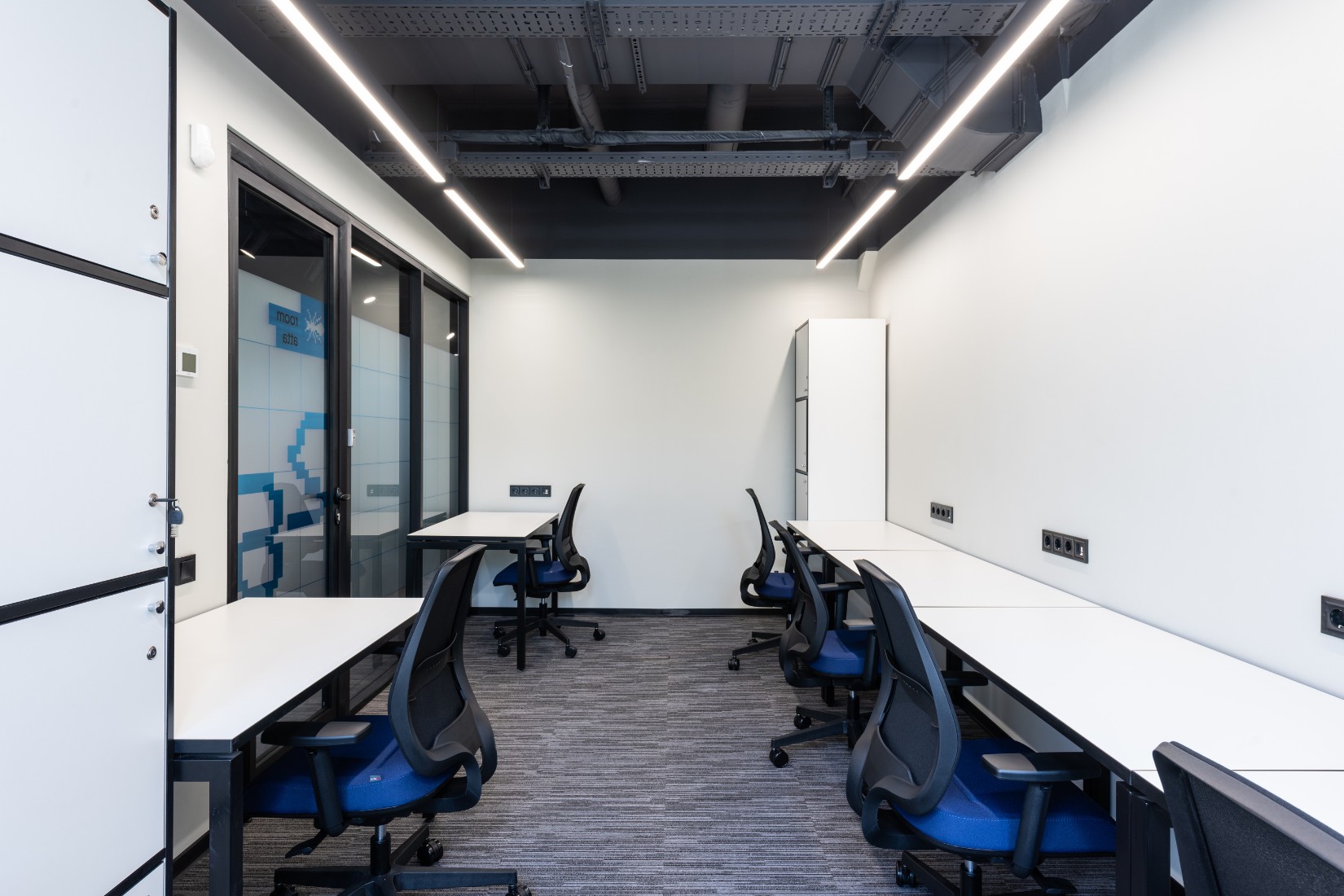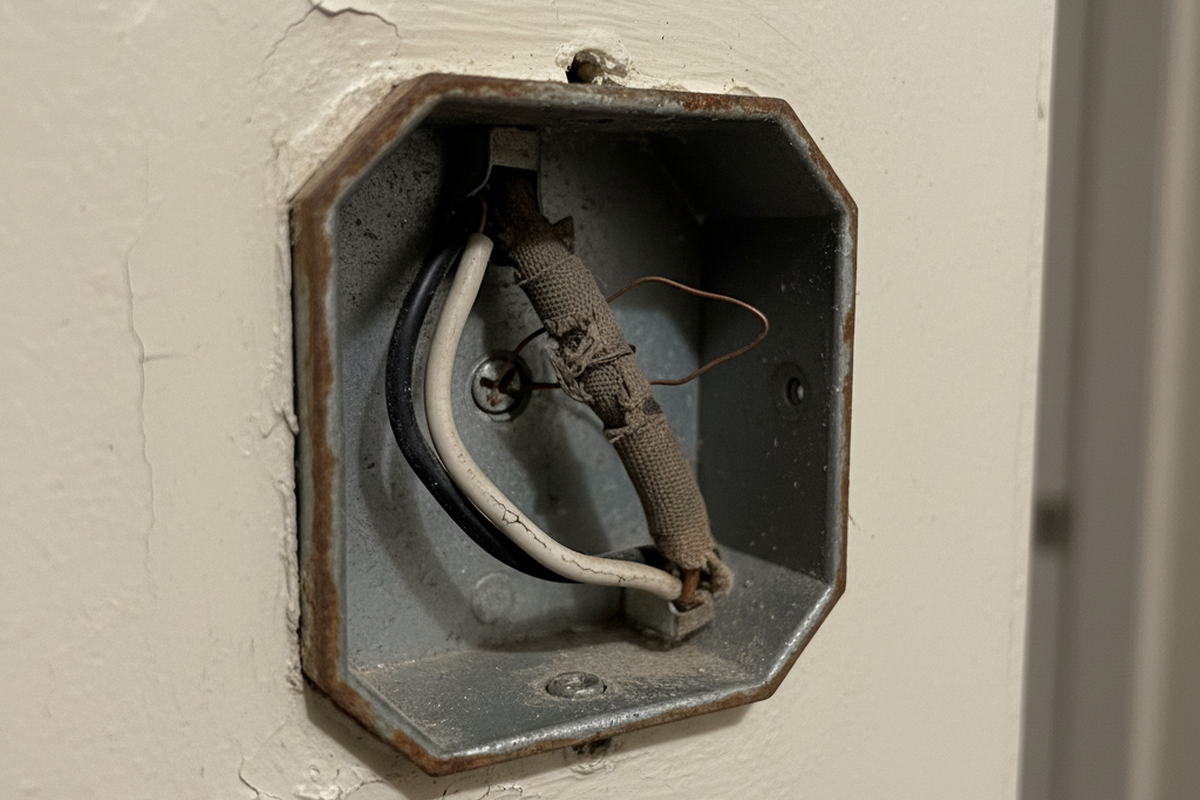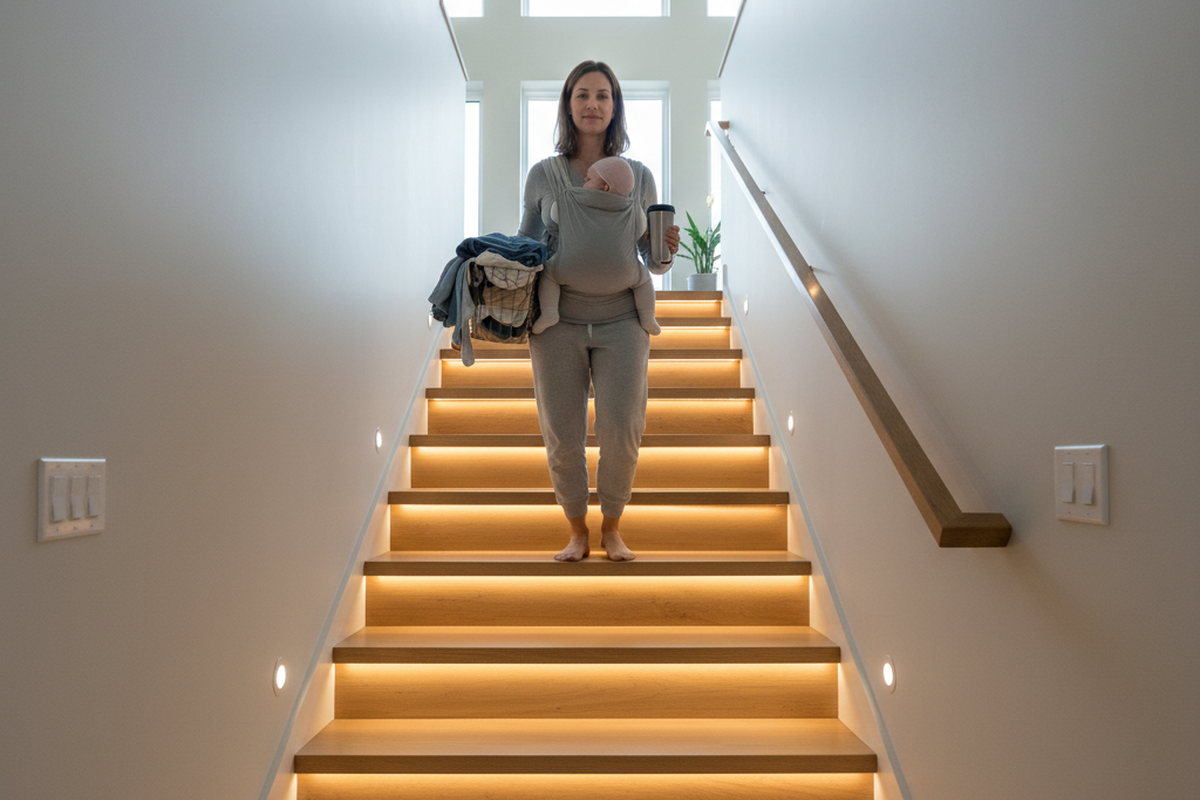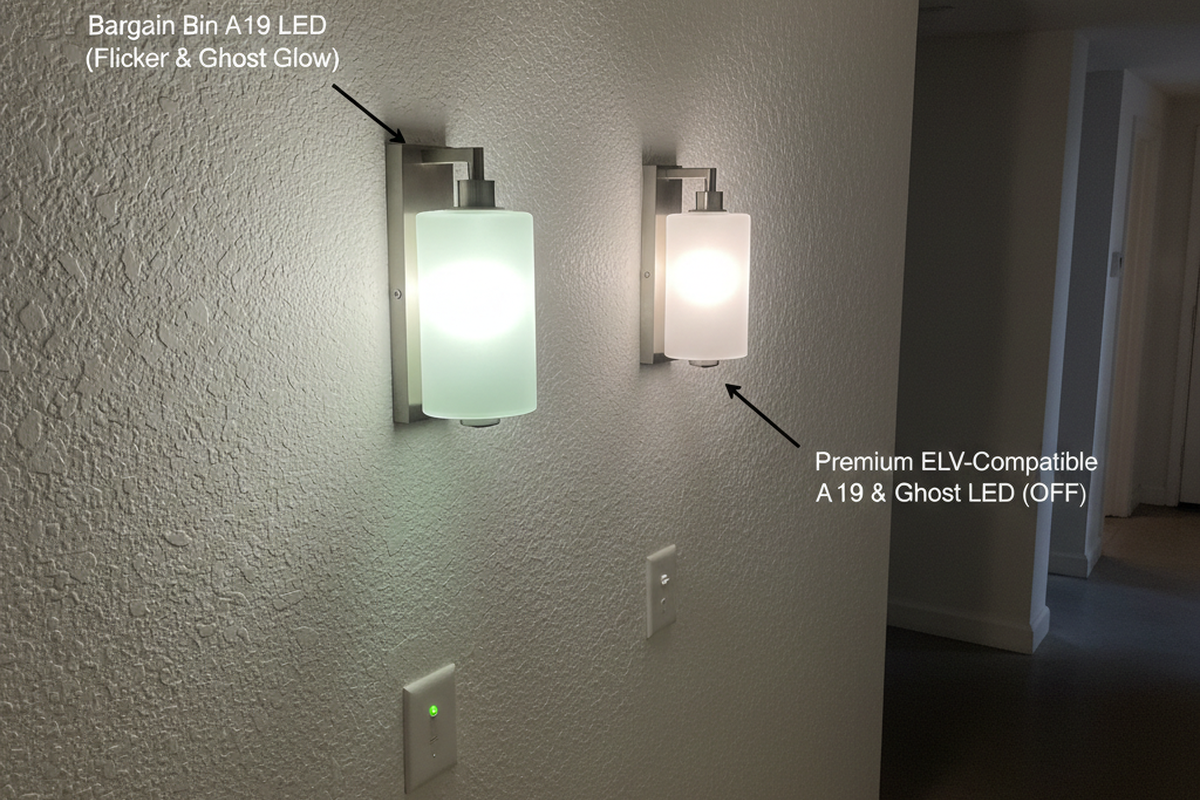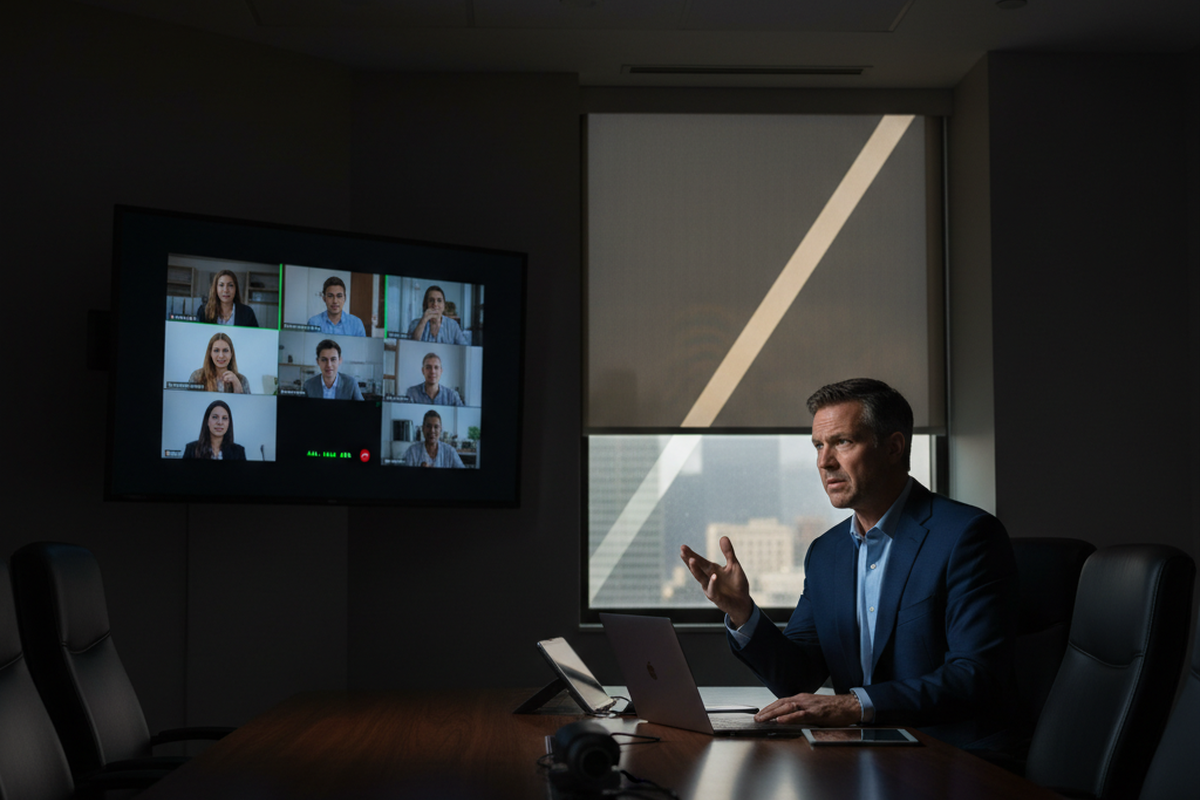When considering facility lighting, there are many more factors to take into account than just illuminating your space. Concerns ranging from energy efficiency to productivity should all be taken into account. Learn more about best practices when considering new lighting solutions for your facility in this week’s blog.
Don’t Over-light
Overlighting can lead to eye strain for employees as well as unnecessarily high energy bills. A 30-50 foot-candle range for ambient lighting is generally sufficient, yet most facilities are lit to 60 fc. To accurately assess your current lighting levels, consider using a light meter to measure the foot-candles in various areas of your facility. This will help you identify where reductions are feasible. Focus on LED-based task lighting and you could see a significant increase in employee satisfaction and a 50% decrease in energy consumption. Studies have shown that optimal lighting can improve worker productivity and reduce errors, which further justifies careful planning of lighting levels.
Invest in a Retrofit
Fluorescent lights are no longer the only option on the market and recent, rapid changes in technology have introduced a wave of new energy-efficient lighting options to the market. Even a change that leads to small energy savings per fixture can add up to a huge amount of money when it is applied to an entire facility. Consider upgrading your old fluorescents to more modern, energy-efficient LED lighting solutions.
When selecting LEDs, look for options that offer not only reduced energy consumption but also longer lifespans and better light quality. Transitioning may involve initial challenges such as compatibility with existing fixtures and upfront costs, but the long-term savings and improved lighting quality are well worth it.
Have Control
Energy savings can be maximized when smart lighting control systems are in place. These automatic systems can include things like motion sensors that ensure they only turn on when there is someone in the vicinity who needs the light. Setting lights on timers can also be a great way to cut down on wasted energy. Employees also report higher levels of satisfaction when they have control over the lighting of their own workspace so wherever possible try to invest in task lighting solutions that can be individually controlled.
Advanced systems can integrate with other building management systems, allowing for centralized control that can adapt to different scenarios and occupancy levels. Incorporating advanced systems like occupancy sensors can further enhance energy efficiency by ensuring lights are used only when necessary, aligning perfectly with our range of motion-activated products.
Update Your Ceilings
An outdated ceiling can be a dead-giveaway of a facility that is in desperate need of an upgrade. New technology allows for integrated lighting and ceiling systems that can add an element of thoughtful, modern style to your space. An integrated system can even add interest to your facility by creating light channels that span the length of the ceiling, giving a modern, sleek, uncluttered look that is a far cry from the fluorescent look that is still so prevalent today. These systems are not only aesthetically pleasing but also enhance light distribution, making the environment more comfortable for occupants. Consider the potential for integrating acoustic solutions that can improve sound quality in addition to enhancing the visual aesthetics of your space.
Looking For Motion-Activated Energy-Saving Solutions?
Contact us for complete PIR motion sensors, motion-activated energy-saving products, motion sensor switches, and Occupancy/Vacancy commercial solutions.
Environmental Impact
Adopting energy-efficient lighting is not only beneficial for reducing operational costs but also plays a crucial role in minimizing environmental impact. By reducing energy consumption, facilities can significantly lower their carbon emissions, contributing to a greener planet. This is particularly important as businesses increasingly aim to meet corporate sustainability goals and improve their public environmental image.
Regulatory Compliance
It is essential for facility managers to stay informed about lighting regulations and standards, which can vary by region. Compliance not only ensures legal operation but can also qualify facilities for incentives like tax rebates or energy credits, which further enhance the financial benefits of energy-efficient upgrades. Understanding these regulations can also prevent potential fines and facilitate smoother upgrade processes.
Get Inspired by Rayzeek Motion Sensor Portfolios.
Doesn't find what you want? Don't worry. There are always alternate ways to solve your problems. Maybe one of our portfolios can help.
Maintenance and Longevity
Discussing the maintenance needs and longevity of lighting systems is vital for long-term planning. LED lights, for instance, boast a significantly longer lifespan compared to traditional lighting solutions, often operating efficiently for up to 50,000 hours. This extended lifespan reduces the frequency of replacements, which is crucial in minimizing maintenance costs and disruption to operations.
Discussing the maintenance schedules, potential issues like dimming or color shifts, and how to address them promptly can save costs and maintain lighting quality over time. Regular maintenance checks and timely updates to lighting systems can further extend their durability and performance, ensuring that lighting continues to meet the facility’s needs effectively.
By enhancing your facility with these lighting best practices, you not only improve the efficiency and aesthetics of your space but also contribute to a more sustainable and productive environment.

